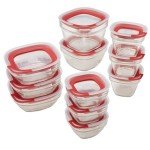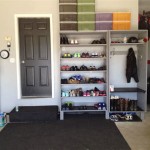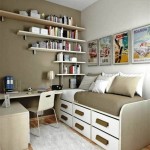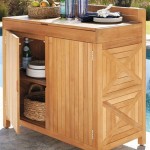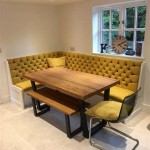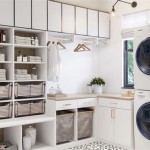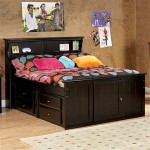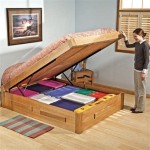Essential Aspects of Creative Baby Room Storage Ideas for School Students' Classroom
Creating an organized and functional storage solution in a school classroom is key to fostering a positive and productive learning environment. Here are some essential aspects to consider when designing creative baby room storage ideas for school students' classrooms.
1. Accessibility and Functionality
Ensure that all storage units are within easy reach of students, regardless of their age or height. Consider using open shelves, low-profile bins, and adjustable shelves to accommodate different storage needs. Choose storage solutions that are functional and easy to use, enabling students to access and retrieve their belongings independently.
2. Variety of Storage Options
Provide a range of storage options to cater to different types of materials and supplies. This may include shelves, bins, drawers, cubbies, and baskets. Consider using clear or labeled containers to facilitate easy identification and organization.
3. Space Optimization
Make the most of available space by utilizing vertical storage solutions, such as hanging shelves, wall-mounted organizers, and stackable bins. This helps keep the classroom floor clear and clutter-free, maximizing the room for learning and movement.
4. Color and Design
Consider the overall design and color scheme of the classroom when choosing storage units. Opt for storage solutions that complement the existing décor or introduce vibrant colors and patterns to create a stimulating learning atmosphere.
5. Durability and Safety
Ensure that the storage units are sturdy, durable, and safe for use in a classroom environment. Choose materials that are easy to clean and maintain, and consider safety features such as rounded corners and non-slip surfaces.
6. Personalization and Ownership
Encourage students to personalize their storage spaces by providing opportunities for them to label, decorate, or arrange their belongings. This fosters a sense of ownership and responsibility within the classroom.
7. Flexibility and Adaptability
Design storage solutions that can adapt to changing needs and accommodate the growth of students. Consider modular units that can be rearranged or expanded as required. Flexible storage options allow for easy modifications in response to new activities or curriculum demands.
8. Inspiration and Creativity
Incorporate creative storage ideas that inspire and stimulate students. This may include wall-mounted displays, art organizers, or interactive storage solutions. Encourage students to showcase their work or ideas within the storage spaces.
9. Collaboration and Sharing
Foster collaboration and sharing by providing storage areas designated for group projects or materials. This may include shared shelves, bins, or work surfaces that encourage students to work together and share resources.
10. Maintenance and Hygiene
Regularly clean and maintain storage units to ensure they remain hygienic and organized. Encourage students to participate in maintaining their storage spaces, fostering a sense of responsibility and good hygiene practices.

40 Amazing Homeschool Room Ideas You Absolutely Must See

Create An Inviting Homeschool Room For Young Children

Daycare Ideas Interior Design Inspiration For Your Childcare Center

40 Amazing Homeschool Room Ideas You Absolutely Must See

19 Cute Kids Study Room Design Ideas Extra Space Storage

Infant Room Ideas For Daycare

Transform Your Space With Creative Playroom Ideas Poppyseed Play

Budget Friendly Preschool Classroom Decoration Tips

Designing Playful Learning Spaces For Babies And Toddlers

Kindergarten Hall A School Education Photo By Dreamer63
Related Posts

